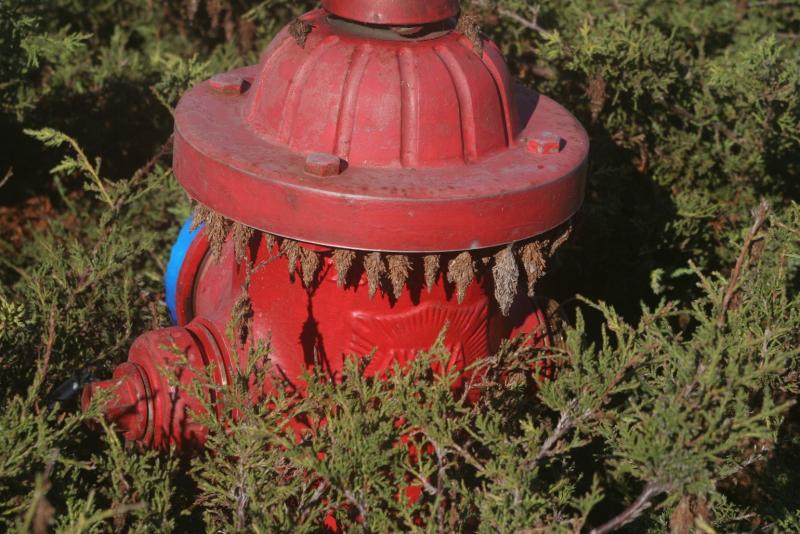EUREKA, ILL. – At the local University of Illinois Extension Office in Woodford County, Master Gardeners are receiving a bombardment of questions about what seems like a bagworm explosion.
Bagworms hatch from their eggs in mid- to late-June, then spin silks to catch the wind and balloon to other plants. If room allows it, they may just keep nesting the same plant, especially on Arborvitae or Juniper.
The small caterpillars feed on the outer layer of the leaves or needles of their host, causing browning, usually starting at the top of the tree. As they grow, their appetite increases and they begin to eat all of the foliage. These paratroopers’ flights coincide with the blooming of Japanese Tree Lilacs, a common tree with huge white plumes.
While you will find bagworms feeding throughout the summer, they are much easier to kill when they are small. These caterpillars remain susceptible to chemical treatment into early July. Heavy infestations can be unsightly with all the eaten foliage, and can kill branches or whole plants.
By the time August comes, when bagworms are most likely to be noticed, these caterpillars have already formed their bags, it is too late for chemical control. Hand picking is an option.
As it is September and maybe you did notice bagworms this year, work on a plan of attack for next year. As the Tree Lilacs fill the air with their perfume, the following chemical treatments are effective: Bacillius thuringiensis kurstaki (also known as BTK, and found in Dipel and Thuricide), Spinosad (organically derived and found in products like Conserve) and cyfluthrin (Tempo). As always with pesticides, read and follow the labels to ensure safe and effective application. Follow-up applications may be needed.
If you have questions about bagworms or any plants in your landscape, visit the University of Illinois Extension Master Gardener Information booth for a final date of the season on Monday, October 7 at the Eureka Library from 4:30 to 6 p.m. Bring samples and pictures and Master Gardener volunteers will research and answer your questions and help you solve your gardening woes.
For more information on this program or other Extension programming, please contact us at your local Extension office. If you need a reasonable accommodation to participate in this program, please contact Kelly Allsup at (309) 663-8306 or kallsup@illinois.edu.
